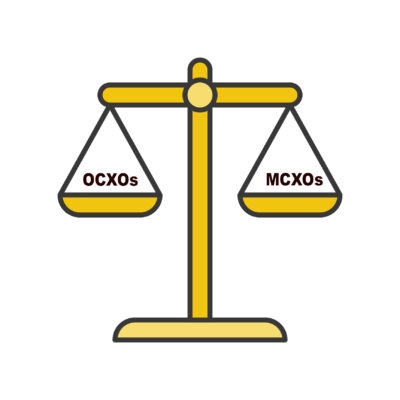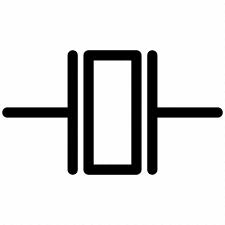Welcome to the Crystal Oscillator Professor
This blog is about the nuts and bolts of time and frequency control, and especially about the details of crystal oscillators, which are particularly fascinating devices. This blog will explore how timing systems using crystal oscillators work, and how to use, specify and troubleshoot crystal oscillators, as well as tracking and discussing the exciting new developments in the field.
Come By and Meet With Us in San Francisco – IMS Booth 4215
Continue Reading Come By and Meet With Us in San Francisco – IMS Booth 4215
Oranges, Apples and Cherries in Timing Oscillator Noise Specs
Continue Reading Oranges, Apples and Cherries in Timing Oscillator Noise Specs
The Professor Talks About the Importance of Timing in Advanced Embedded Systems
Continue Reading The Professor Talks About the Importance of Timing in Advanced Embedded Systems
The Importance of Crystal Mounting Structure
Continue Reading The Importance of Crystal Mounting Structure
Phase Noise, Jitter and Allan Deviation – Comparisons and Distinctions
Continue Reading Phase Noise, Jitter and Allan Deviation – Comparisons and Distinctions



